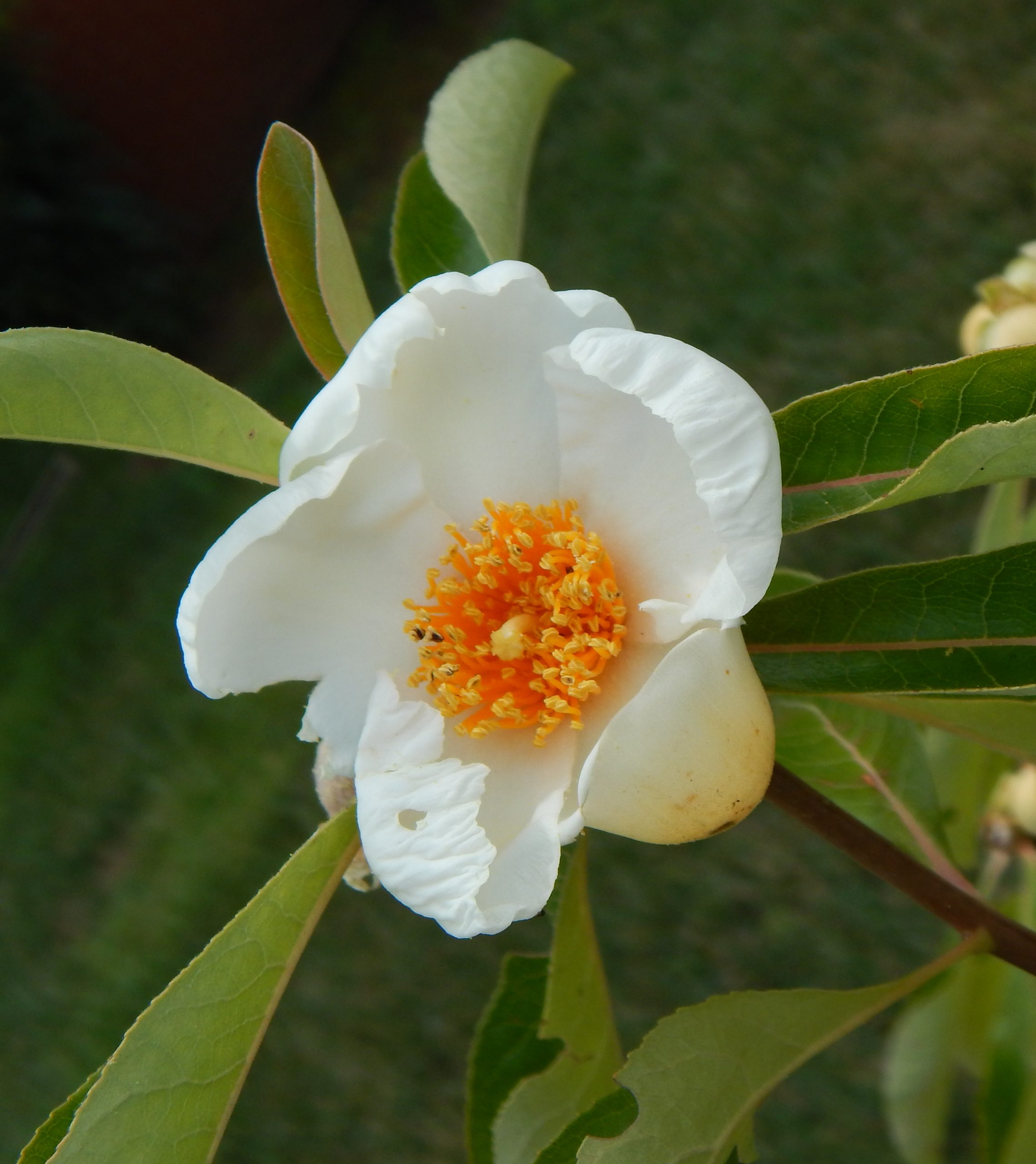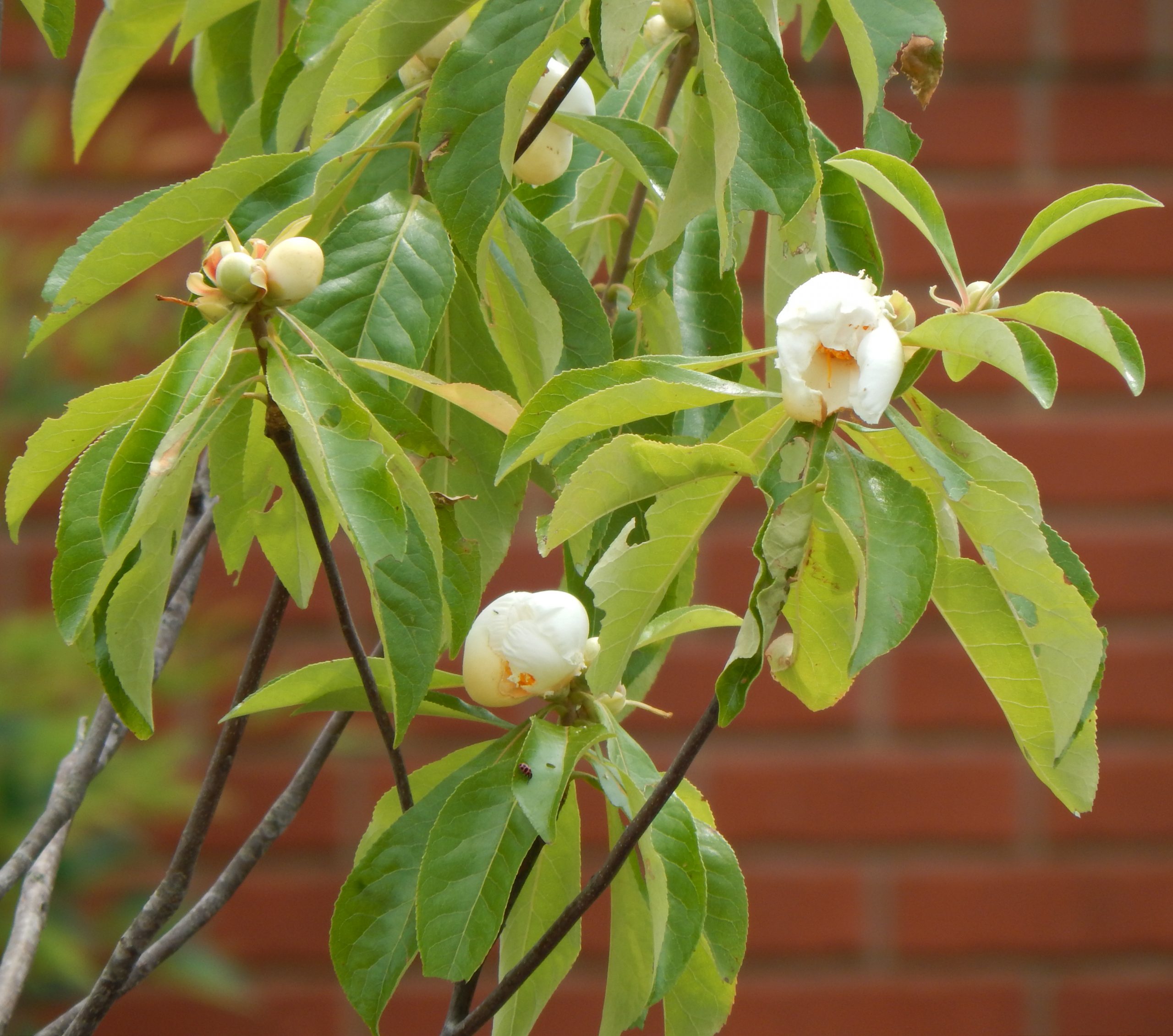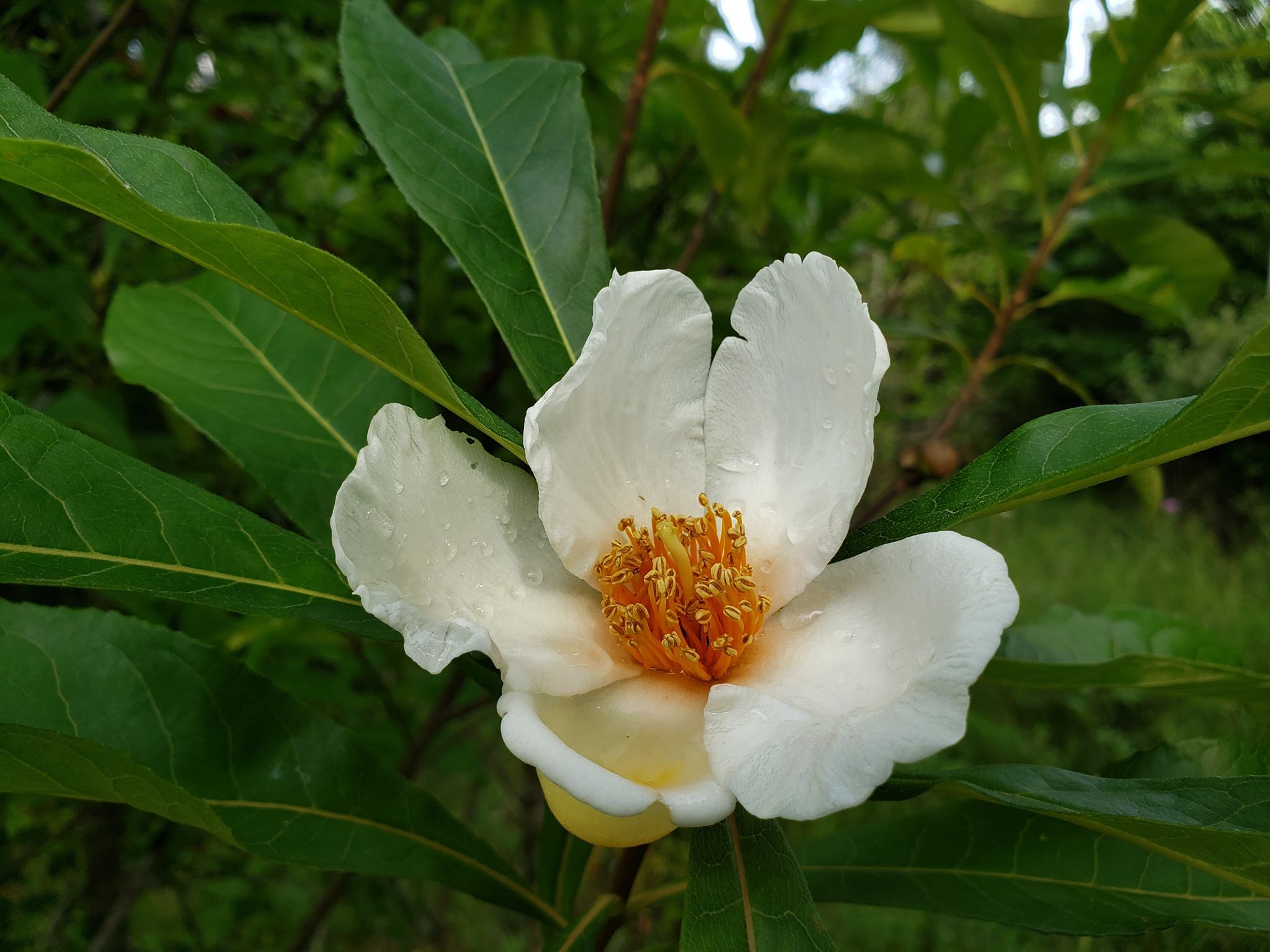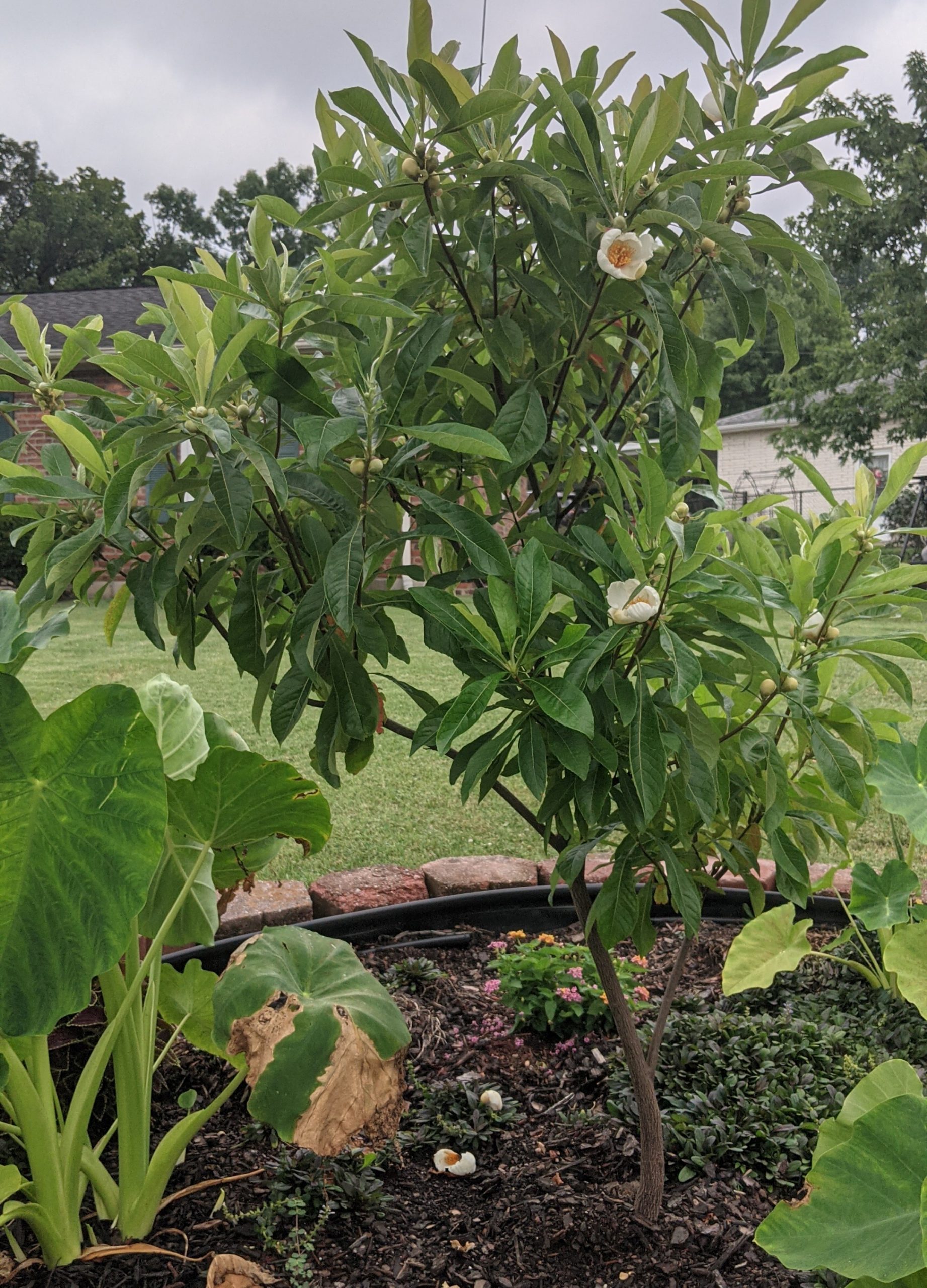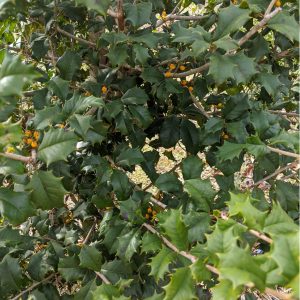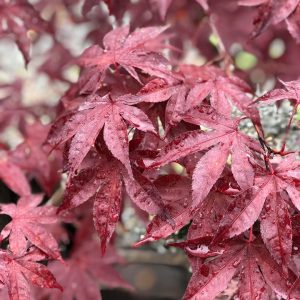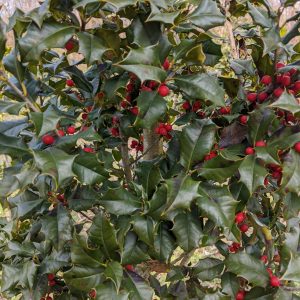Ben Franklin Tree
89 in stock
Franklinia alatamaha
John Bartram and his son William were out on an exploratory hike in Georgia in 1765 when they came across a once in a lifetime find. Along the banks of the Altamaha River on a three acre tract, John and William discovered a group of showy, handsome shrubs – presumed to be a common North American plant. In his return journey in 1773, William collected seed from the site to plant in the Bartram garden plot in Philadelphia. This trip would be the last confirmed* sighting of the plant colony. William would go on to name the shrub the Ben Franklin Tree after the famous American Benjamin Franklin. Its species name alatamaha was a contemporary variant spelling of the river on which it was discovered. Today all specimens of the Ben Franklin Tree are derived from William Bartram’s expedition. The tree is considered extinct in the wild. The plant is a member of the tea family and often takes on upright, spreading form, similar to the Sweetbay Magnolia (Magnolia virginiana). The tree is most appreciated for its white, wonderfully fragrant flowers borne throughout the summer and its wonderful orange to red and purple fall foliage. Today, little is known decisively about why the species disappeared from the Georgia wilds. Oddly enough, the plant performs best in more northern habitats, contrary to its discovery location. This observation has led many botanists to consider the tree as a glacial relict – isolated and subsequently trapped in its attempt to migrate northward. Another prominent theory is that a fungal pathogen found its way into the river valleys of the Ben Franklin Tree soon after cotton plantations became a fixture in the colony. Other theories fixate on the single or combined influence of man and natural disasters such as climate change, flood, fire, and disease. Attempts to reintroduce the plant in and around its discovered location have remained unsuccessful to this day. In any case, we are lucky the Bartrams decided to take a hike in 1765, or we may have never known of the shrub’s existence.
* Noted Scottish nurseryman John Lyon claimed to have found six to eight specimens in 1803. The validity of Lyon’s report is in question; however, his report seemed to verify that the species was in severe decline.
| Classification | |
|---|---|
| Diseases & Insects | No known pests, but is susceptible to a root-rot disease; not drought tolerant; highly susceptible to fungal diseases; NEVER plant where cotton was previously grown |
| Family | Theaceae |
| Flowers | perfect, white, 5-petaled, fragrant flowers that are borne sporadically from late July into August (and weakly into September) |
| Growth Rate | |
| Hardiness Range | zone 5a – 8b *need help finding your hardiness zone? |
| Leaves | leaves are 5 to 6 inches long of a deep glossy green turning shades of red to purple in the fall |
| Plant Type | |
| Primary Features | |
| Size | 15-20 feet tall at maturity with 10-15 foot spread |
| Sun Requirement |
What am I buying?
We sell Ben Franklin trees as rooted cuttings. Taken from Wikipedia, “a plant cutting is a piece of a plant that is used in horticulture for vegetative (asexual) propagation. A piece of the stem or root of the source plant is placed in a suitable medium such as moist soil. If the conditions are suitable, the plant piece will begin to grow as a new plant independent of the parent, a process known as striking.” Put more simply, a rooted cutting is a small clone of the specimen from which it was taken. As a genetically identical clone, the cutting shares all the characteristic traits and attributes of the cultivated variety. Our rooted cuttings are 3-6 months old and 1-4 inches in stem length above the soil line. They are clipped from our private stock plants and grown in root pruning trays at our temperature controlled greenhouse.
When are plants collected?
Once your order is placed, your plants will be collected as soon as the weather permits. This time-frame is normally within 3-7 days. During heavy order periods (April-May), this collection time can grow to 10-14 days.
How are plants shipped?
All shipments are mailed via USPS Priority Mail using PirateShip.com. We monitor national weather conditions and temperatures for shipments. If at any time your order must be delayed for weather concerns, we will contact you by phone and/or email. The day that your order is completed or partially shipped, you will receive an email containing your package tracking number. You can also find this updated information by logging into your account on our website.

